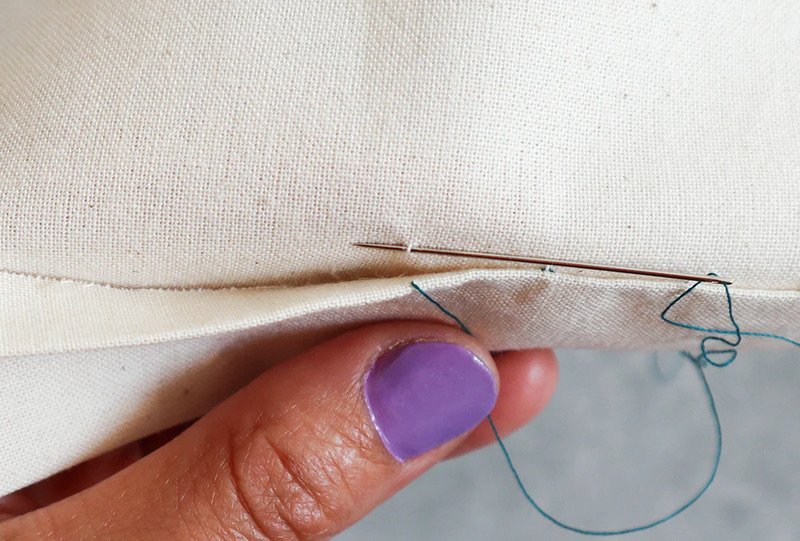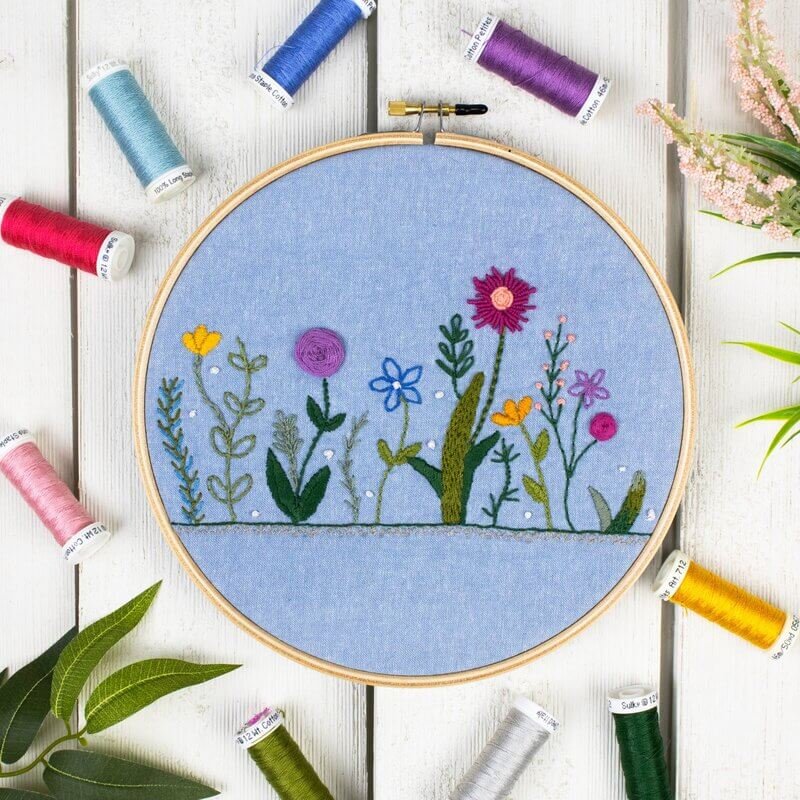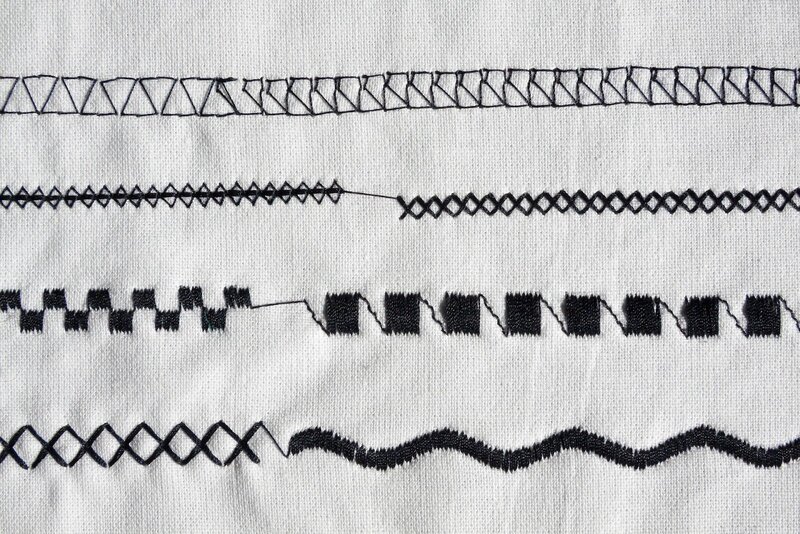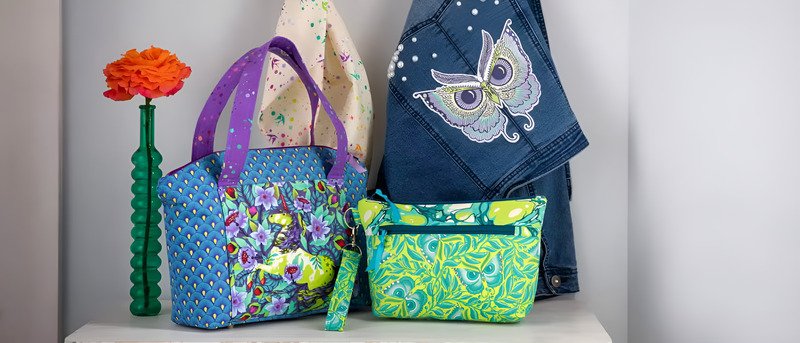What is Stitch: Simple Guide to Sewing, Fabric And Purpose
Ever wondered how your t-shirt stays in one piece? Or how those neat little tags are attached? The answer, most of the time, is a “stitch.” This article is here to explain what a stitch is and its meaning in sewing, all in very simple language. We’ll explore some textile craft fundamentals in a simple and easy-to-understand way. It’s like a friendly chat about these tiny things that do a big job.
1. What is a stitch?
So, what is a stitch? A stitch is a single loop or line made with thread, typically created when a needle pulls the thread through fabric. Think of it as tying a tiny knot or building a tiny bridge with thread to hold the material together.
When you put many stitches together in a line to join two or more pieces of fabric, this line is called a seam. You can see seams everywhere on your clothes, such as the ones holding your shirt sleeves to the body.

2. Why do we use stitches? What is their job?
Stitches have some very important jobs. Their main functions are joining fabric, reinforcing edges, adding decoration, and attaching other items.

2.1 Holding fabric together
The primary job of most stitches is to join pieces of fabric. This is how clothes, bags, and soft toys are made, turning flat pieces of fabric into three-dimensional items you can use.
2.2 Making edges strong
Stitches are also used to make the edges of fabric strong, preventing them from unraveling or fraying. This reinforcing function is vital because if edges fray, the item can fall apart or look untidy.
2.3 Making things look nice
Some stitches are purely for decoration. This is where embroidery comes in, using various stitch types to create beautiful effects, from simple lines to intricate floral patterns.
2.4 Attaching things
Finally, stitches are used to attach other items to fabric, such as buttons, zippers, and brand labels or patches. A securely sewn-on label, like a woven or embroidered patch, relies on strong, neat stitching to stay in place and maintain a professional appearance.
3. Are all stitches the same?
No, not all stitches are the same! There are many different types, and the one you choose depends on the job at hand—whether you need strength, flexibility, or decoration.

3.1 How stitches are made: hand vs. machine
One main way stitches differ is how they are made. Hand stitches are created manually with a needle and thread, offering great control for delicate work. Common examples include the simple ‘running stitch’ (a dashed line) and the strong ‘backstitch’ (a solid line).
Machine stitches are made by a sewing machine, which is much faster and creates very neat, even stitches. A machine uses two threads that lock together. Common types include the straight stitch for construction and the ‘zigzag stitch’ for preventing edges from fraying.
3.2 Simple ways to categorize stitch types
A simple way to group stitches is by their main job:
- Construction stitches: These are the workhorses used to build garments and join seams. They need to be strong and durable. Examples: Straight stitch, backstitch.
- Finishing stitches: Their job is to neaten raw edges and prevent fraying, giving the item a clean, professional look. Examples: Zigzag stitch, overlock stitch.
- Decorative stitches: These stitches are all about appearance, used to create patterns, pictures, and texture through embroidery. Examples: Satin stitch, chain stitch, cross stitch.
4. Where do we see stitches every day?
You see stitches everywhere, every single day! Once you start looking, you’ll notice them.
- In your clothes: The seams holding your shirt, pants, and dresses together are all made of stitches. This is garment construction in action.
- In your home: You’ll find stitches in curtains, bed sheets, pillow covers, and towels.
- In crafts and art: People use stitches for beautiful embroidery, warm quilts, and handmade toys.
- On labels and tags: Stitches are crucial for securely attaching brand labels and care tags. Good stitching ensures these labels last, which is vital for branding. For instance, attaching a woven label or an embroidered patch with the right stitches ensures it stays put and looks professional.

5. Quick questions about stitches (FAQs)
Here are some common questions and simple answers about stitches.
5.1 What is the easiest stitch to learn if I want to sew by hand?
The ‘running stitch’ is usually the first and easiest stitch to learn for hand sewing. It creates a simple dashed line and is great for beginners.
5.2 Can I use any kind of thread to make stitches?
While basic cotton thread is great for learning, there are many types of thread. The best choice depends on your project; for example, thicker fabric often requires stronger thread for durable stitches.
5.3 Are all clothes made with stitches?
Most clothes made from fabric are sewn together with stitches, as it is the most common and reliable method. While some modern techniques can join fabric without sewing, stitches remain the standard for garment construction.
5.4 What’s the main difference between stitches for sewing and stitches for embroidery?
Think of it this way: sewing stitches are typically functional, used to build and strengthen an item, like the seams in your jeans. Embroidery stitches are primarily decorative, used to add patterns, pictures, and color to fabric.
5.5 How do stitches help keep a brand label on my t-shirt?
Strong, well-placed stitches act like tiny anchors, securing the brand label to the garment. Using the right type of stitch ensures the label stays flat, looks neat, and remains attached through wear and washing, helping the brand’s quality shine through for a long time.
Explore more:
So, a stitch is a small loop of thread used to hold fabric together or make it look nice. Even though each stitch is tiny, together they have a huge impact, making almost every fabric item we use possible. We hope this simple guide has helped you understand what a stitch is and the important role it plays in textiles. Now you know what a stitch is! For high-quality, durable labels and patches designed to be attached with care, explore the options at Packlove.






















